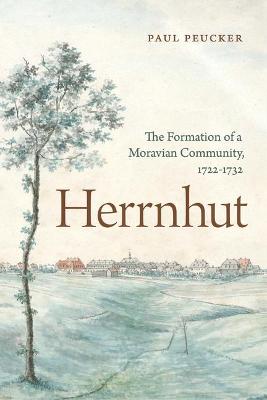Pietist, Moravian, and Anabaptist Studies
1 primary work • 2 total works
Book 1
At the end of the 1740s, the Moravians, a young and rapidly expanding radical-Pietist movement, experienced a crisis soon labeled the Sifting Time. As Moravian leaders attempted to lead the church away from the abuses of the crisis, they also tried to erase the memory of this controversial and embarrassing period. Archival records were systematically destroyed, and official histories of the church only dealt with this period in general terms. It is not surprising that the Sifting Time became both a taboo and an enigma in Moravian historiography. In A Time of Sifting, Paul Peucker provides the first book-length, in-depth look at the Sifting Time and argues that it did not consist of an extreme form of blood-and-wounds devotion, as is often assumed. Rather, the Sifting Time occurred when Moravians began to believe that the union with Christ could be experienced not only during marital intercourse but during extramarital sex as well. Peucker shows how these events were the logical consequence of Moravian teachings from previous years. As the nature of the crisis became evident, church leaders urged the members to revert to their earlier devotion of the blood and wounds of Christ. By returning to this earlier phase, the Moravians lost their dynamic character and became more conservative. It was at this moment that the radical-Pietist Moravians of the first half of the eighteenth century reinvented themselves as a noncontroversial evangelical denomination.
In June 1722, three families from Moravia settled on the estate of Count Nikolaus Ludwig von Zinzendorf in Berthelsdorf, Saxony. Known as the community of Herrnhut, their settlement quickly grew to become the epicenter of a transatlantic religious movement, one that would attract thousands of Europeans, American Indians, and enslaved Africans: the Moravian Church.
Written by one of the leading archivists of the Moravian Church, this book investigates the origins of Herrnhut. Paul Peucker argues that Herrnhut was intended to be a Philadelphian community, uniting "true Christians" from all denominations. It was a separatist movement, but it concealed its separatism behind the pretense of an affiliation with the Lutheran Church and behind a chosen historical identity, that of the renewed Unity of Brethren. Peucker's analysis, based on hundreds of documents from archives in Germany and the United States, demonstrates how Herrnhut was able to grow and thrive despite existing regulations against new religious groups, uncovers Count Zinzendorf's role in keeping Herrnhut outside the state church, and provides a new foundation from which to interpret the Moravian church's later years.
Three centuries after Herrnhut's founding, this intriguing history brings to light new information about the early years of the Moravian church. Peucker's work will be especially valuable to students and scholars of eighteenth-century religion, Pietism, and Moravian history.

